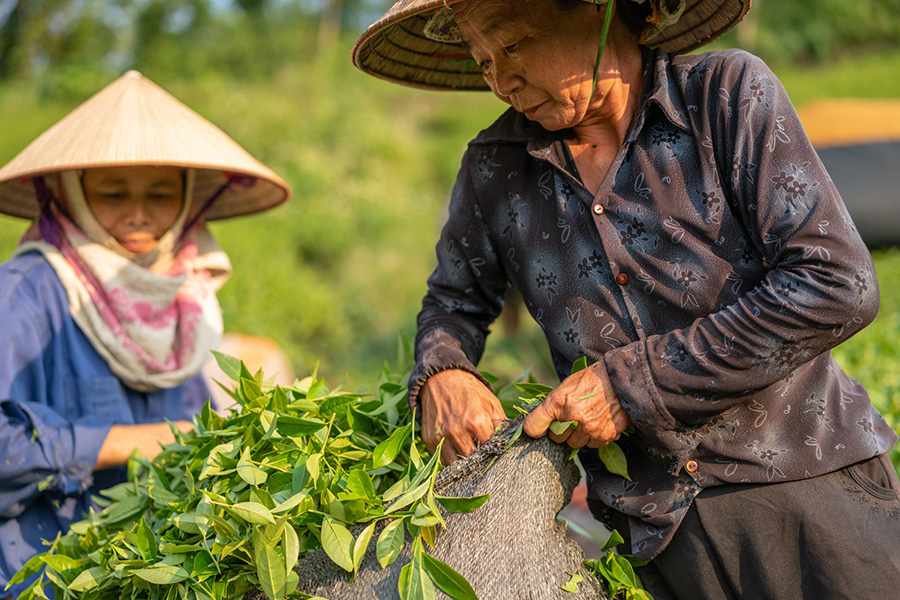
Empirical results indicate that growth-oriented strategy should be emphasized to build robust strategies for concentrated residence of farmers.
Authors
Qing Han, Nanjing Agriculture University, College of Public Administration, China, Jiangsu, Nanjing 210095, China.
Zhongxing Guo, Nanjing Agriculture University, College of Public Administration, China, Jiangsu, Nanjing 210095, China.
Rupesh Kumar, Associate Professor, Jindal Global Business School (JGBS), O.P. Jindal Global University, Sonipat, Haryana, India.
Amit Kumar, Nanjing University of Information Science and Technology, Nanjing 210044, China.
Summary
The concentrated living of farmers is an important engine for rural revitalization and a new type of urbanization, thus is of great significance for the construction of a resource-saving society. Due to rapid economic development in China, some farmers have successfully urbanized through rural–urban migration, but still more than 500 million farmers, have not migrated yet. Concentrated residence has long been recognized as the best strategy to help Chinese farmers to achieve local urbanization, and has been paid much attention in the local, regional, national and global scientific community.
Although robust models and policies are still lagging behind because of insufficient datasets and models. In this study, empirical model has been used in which concentrated residence cases of farmers in Yancheng City, Jiangsu Province of China taken as a case study, and strength (S), weakness (W), opportunities (O) and threats (T) as the criterion layer to identify 16 influencing factors as the index layer.
For this study, data was collected during 2021 & 2022 by questioner-based survey from 6 different settlements, and AHP analytic hierarchy model integrated with SWOT was used to built farmers’ concentrated residence strategies. The positioning coordinates of this study show the following weightage like S (0.480, 0), W (-0.098, 0), O (0, 0.306), and T (0, −0.116) which clearly mentions that S and O as positive influences, W and T as negative influences, and locates the respective total weights.
Therefore, empirical results indicate that SO (growth-oriented) strategy should be emphasized to build robust strategies for concentrated residence of farmers. The findings of this study can provide a benign model for centralized residence for local governments, village collectives, and farmers withdrawing from homestead, and help to promote the sustainable development of society.
Published in: Ecological Indicators
To read the full article, please click here.

